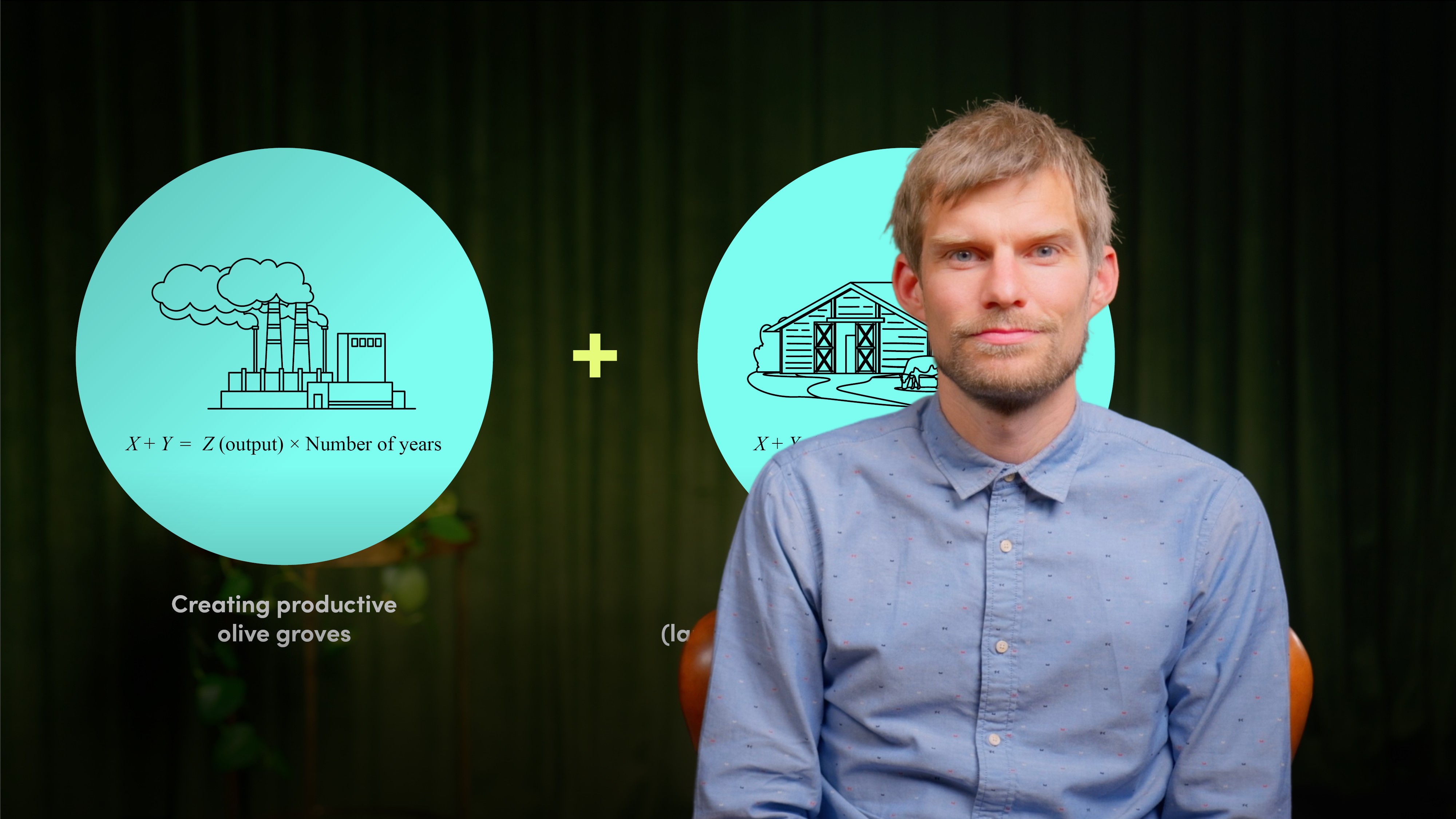
The Financial Case for Regenerative Agriculture

Koen van Seijen
20 years: Food and agriculture
In this video, Koen van Seijen examines the potential of regenerative agriculture to deliver superior returns compared to conventional farming methods. He challenges the traditional mindset that views farming as a linear process and emphasises the benefits of regenerative practices. Koen highlights how this approach can lead to better yields, lower costs, and increased resilience, while also enhancing natural capital and offering opportunities for higher market premiums.
In this video, Koen van Seijen examines the potential of regenerative agriculture to deliver superior returns compared to conventional farming methods. He challenges the traditional mindset that views farming as a linear process and emphasises the benefits of regenerative practices. Koen highlights how this approach can lead to better yields, lower costs, and increased resilience, while also enhancing natural capital and offering opportunities for higher market premiums.
Subscribe to watch
Access this and all of the content on our platform by signing up for a 7-day free trial.

The Financial Case for Regenerative Agriculture
7 mins 35 secs
Key learning objectives:
Understand the fundamental differences between conventional and regenerative agriculture, especially in terms of financial returns and environmental impact
Learn the seven key reasons why regenerative agriculture can offer superior risk-adjusted returns compared to traditional farming methods
Explore real-world examples that demonstrate the resilience and profitability of regenerative farming practices
Overview:
Subscribe to watch
Access this and all of the content on our platform by signing up for a 7-day free trial.
- Comparable or better yields: Contrary to popular belief, regenerative farming can produce yields that are comparable or even superior to conventional farming, especially during extreme weather events.
- Lower operating costs: Regenerative farming reduces reliance on expensive external inputs, leading to lower operating costs.
- Enhanced natural capital: Farming in a regenerative way can increase the value of the land over time by improving soil health and water retention.
- Climatic resilience: Healthy soils in regenerative systems can better cope with extreme weather, reducing the risk of crop failure.
- Positive environmental externalities: Farmers can potentially earn additional income through carbon credits, biodiversity credits, and other environmental services.
- Higher value markets: Regenerative products can often be sold at a premium, such as organic or grass-fed labels, increasing profitability.
- Higher profitability with less volatility: Regenerative farms tend to be more profitable and less volatile, offering better returns over the long term.
Subscribe to watch
Access this and all of the content on our platform by signing up for a 7-day free trial.

Koen van Seijen
There are no available Videos from "Koen van Seijen"





























